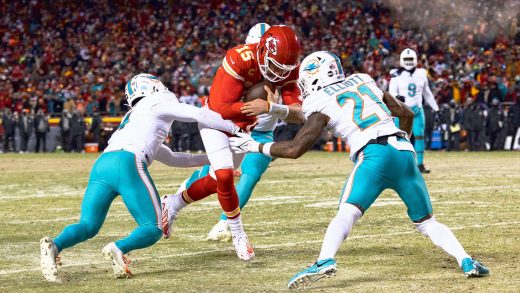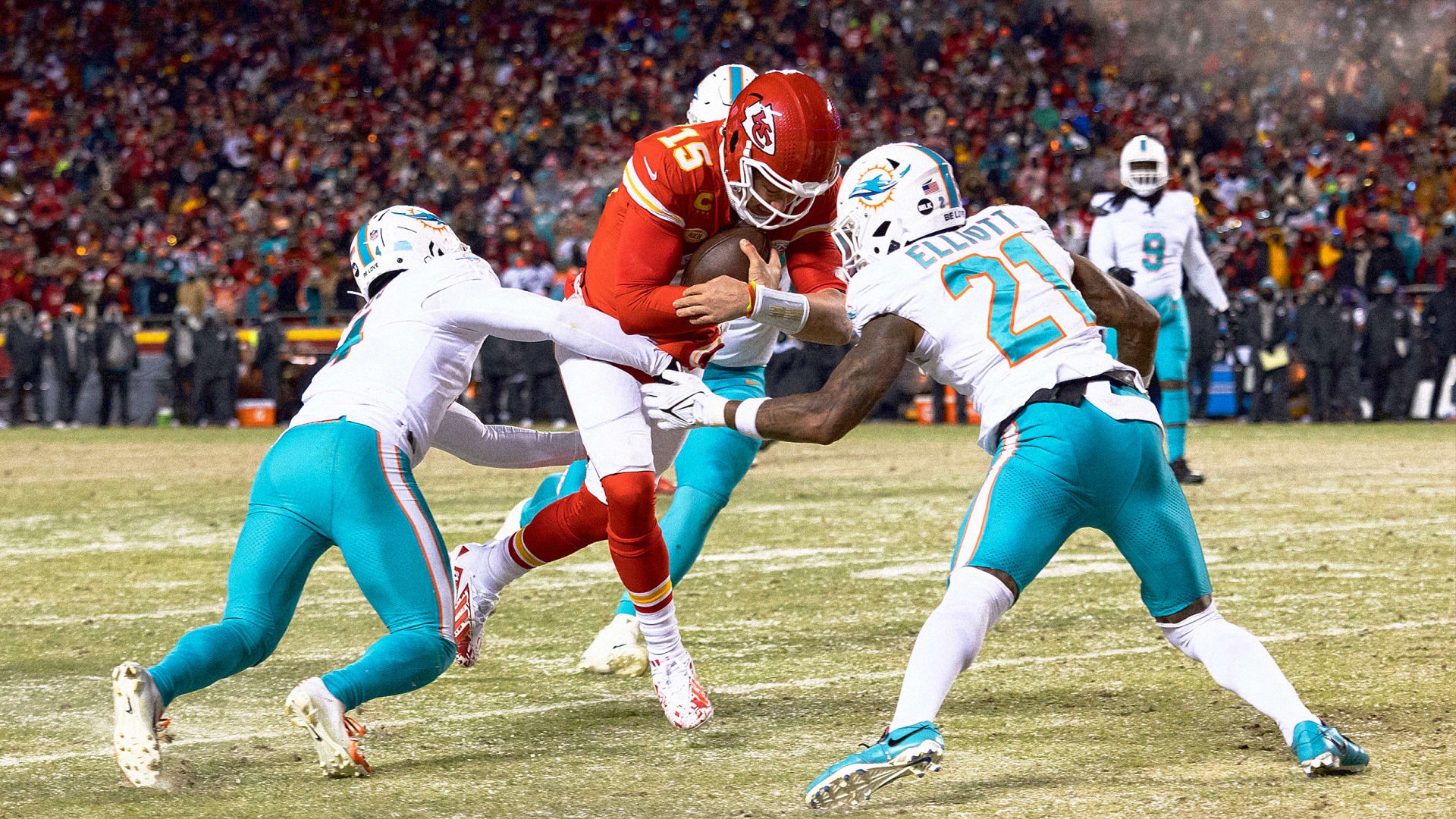How NFL teams use old-school tech to thaw their frozen football fields
NFL playoffs: The Buffalo Bills, the Baltimore Ravens, and the NFL’s coldest field
Frozen football fields are hard as concrete, increasing the risk of concussions. For now, the Buffalo Bills remains the only team that plays on a frozen surface.
BY Paul Mueller
The Buffalo Bills’s new $2.1 billion stadium, set to open in 2026, will feature cutting-edge technology and architecture that will make it one of the most progressive stadiums in the NFL. It will also include one feature players likely wish they had for this weekend. A heated football field.
Buffalo is the only cold-city NFL team still in the playoffs that doesn’t have a heated field. (It’s one of the reasons the team pays $20 an hour and provides food and hot beverages for fans who help shovel snow when needed.) Temperatures in Orchard Park, New York, for Sunday’s playoff game between the Bills and the Ravens are likely to be in the single digits.
If you’ve ever walked on grass frozen over in the deep winter, it’s like walking on concrete—not a surface conducive to tackle football. Frigid artificial turf is no picnic, either. And with nearly half of all quarterback concussions resulting from helmets hitting the ground, a heated field is a crucial safety measure. Heat tech also promotes grass growth throughout the winter months and, on game day, prevents the turf from icing over, making it more playable.
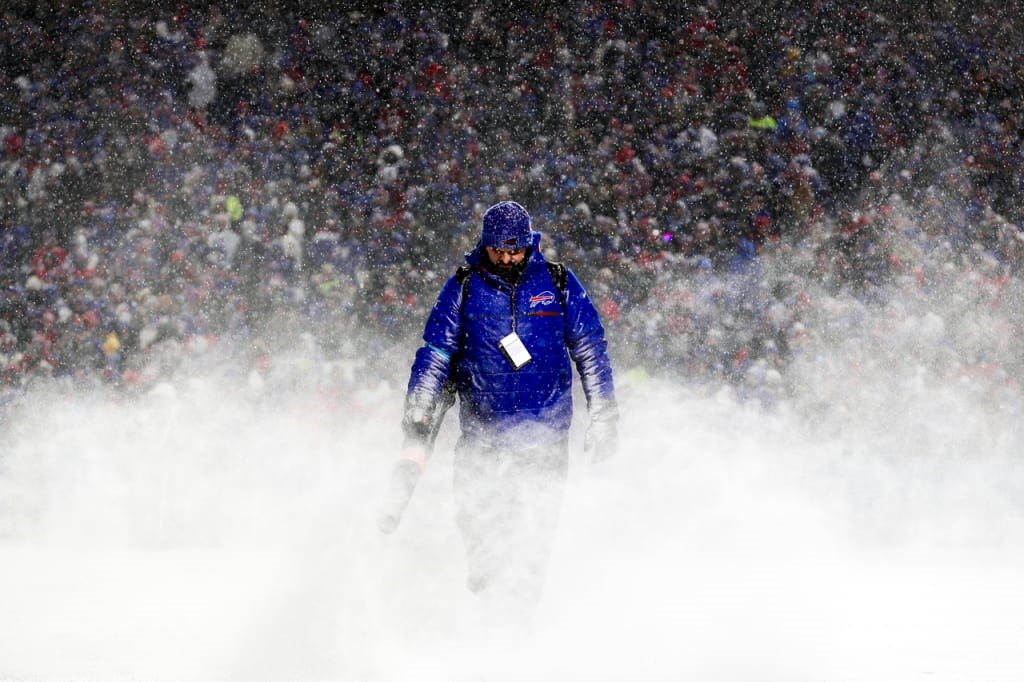
That’s why sophisticated field heating systems are becoming more prevalent than ever in NFL stadiums. And in a brave new AI-driven world powered by smart-everything, it’s actually old-school science and engineering that power the systems that keep NFL turf thawed, playable, and safe.
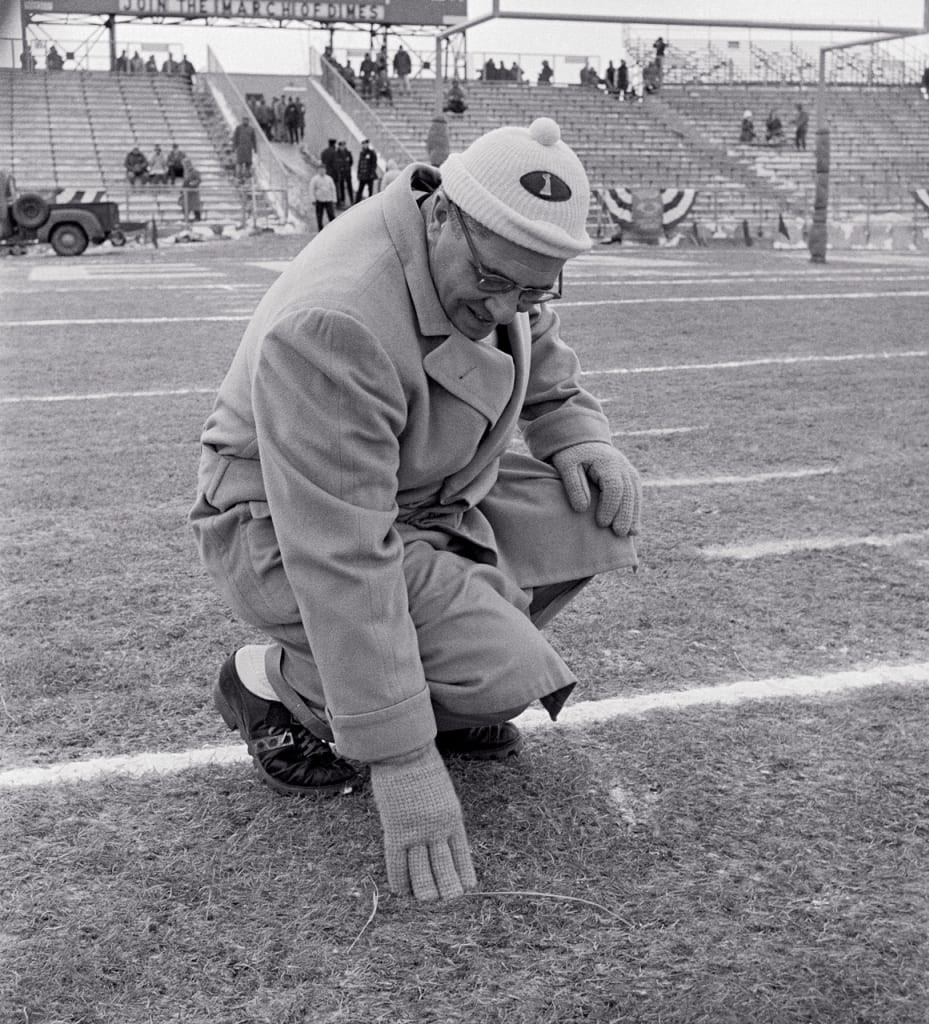
The (un)frozen tundra
Green Bay’s Lambeau Field, famously nicknamed the “frozen tundra,” features a powerful heating system to ensure its gridiron remains anything but frozen.
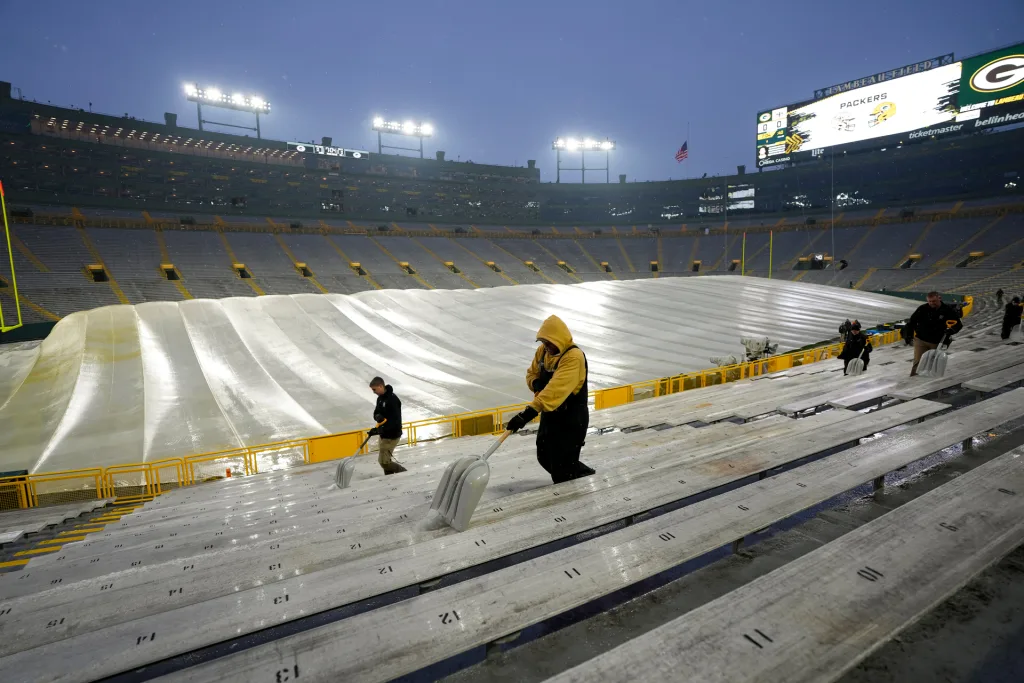
Up until 1997, electric coils buried in the turf kept the Lambeau turf warm. Now, a mixture of water and glycol, pumped through 34 miles of tubes buried six-to-12 inches under the playing surface, does the job. Three massive boilers—each as powerful as 40 home furnaces combined—heat the mixture, while four pumps circulate it under the football field from the south end zone. Sixteen thermostats monitor field temperatures to ensure uniform heating, and the glycol prevents freezing when they shut down after the season.
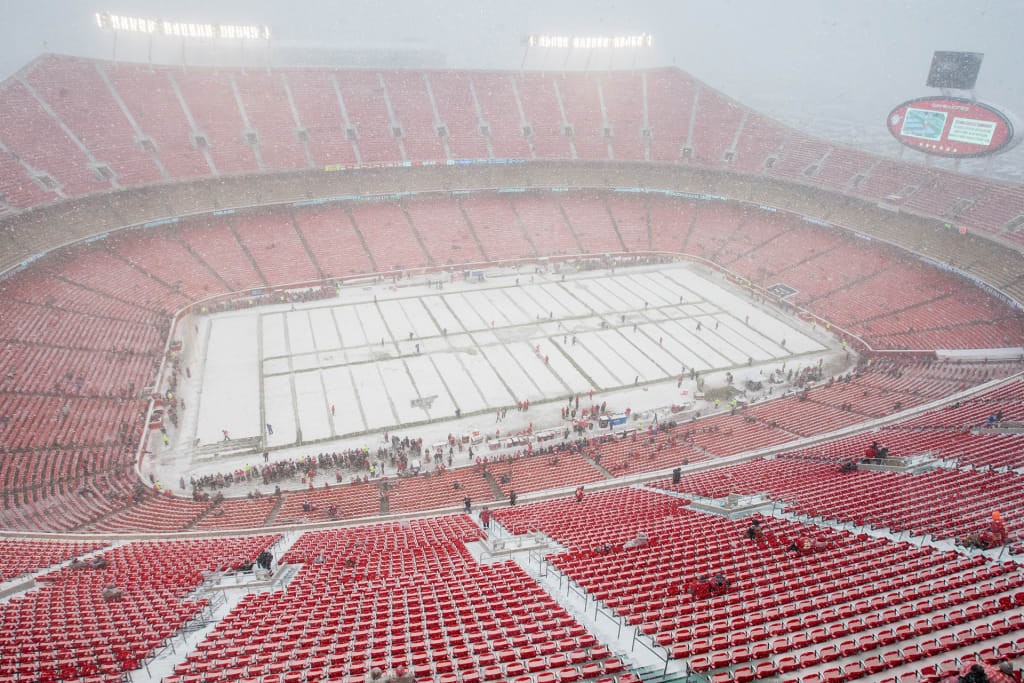
Playable at minus-27
More recently, in 2016, the Kansas City Chiefs completed their heating system at Arrowhead Stadium. And they’ve needed it. Since 2016, the Chiefs have hosted 14 January playoff games—more than double the Patriots, who have hosted the second-most (6), but since 2006 have played on synthetic turf. In January 2024, Kansas City hosted the Miami Dolphins for one of the coldest games on record, with a temperature at kickoff of minus-4 degrees Fahrenheit and a minus-27 wind chill. It was so cold that one hard hit shattered the helmet of Chiefs quarterback Patrick Mahomes.
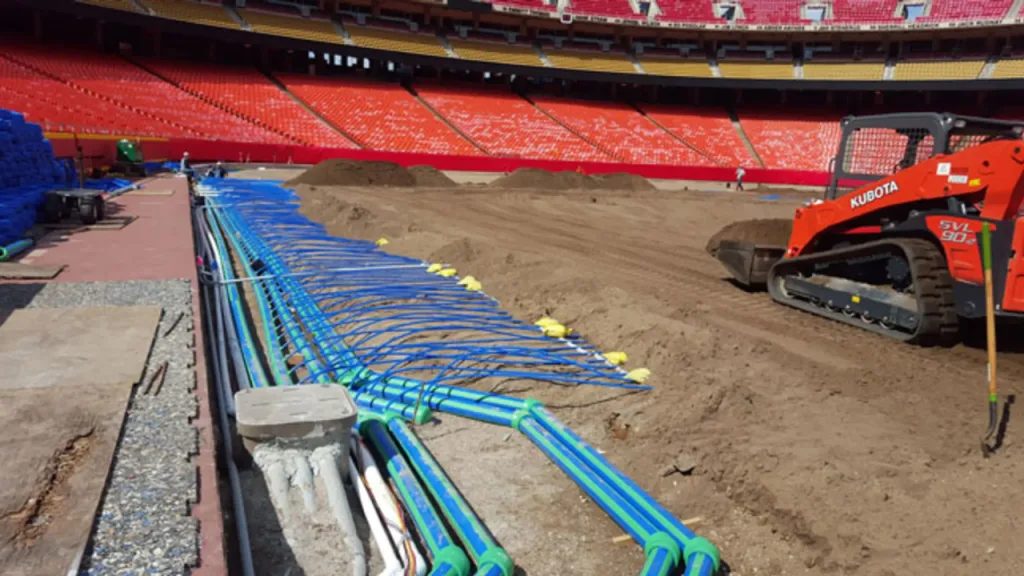
The $2.2 million heating system—very similar to the one in Green Bay—was the MVP that day. Powered by three boilers under the stadium bleachers near the players’ tunnel, hot water is pumped through four-inch pipes, which then branch into smaller three-quarter-inch pipes laid in a zigzag pattern under the football field. These smaller pipes run sideline to sideline, spaced nine inches apart and buried nine inches deep under the sand beneath the field’s surface.
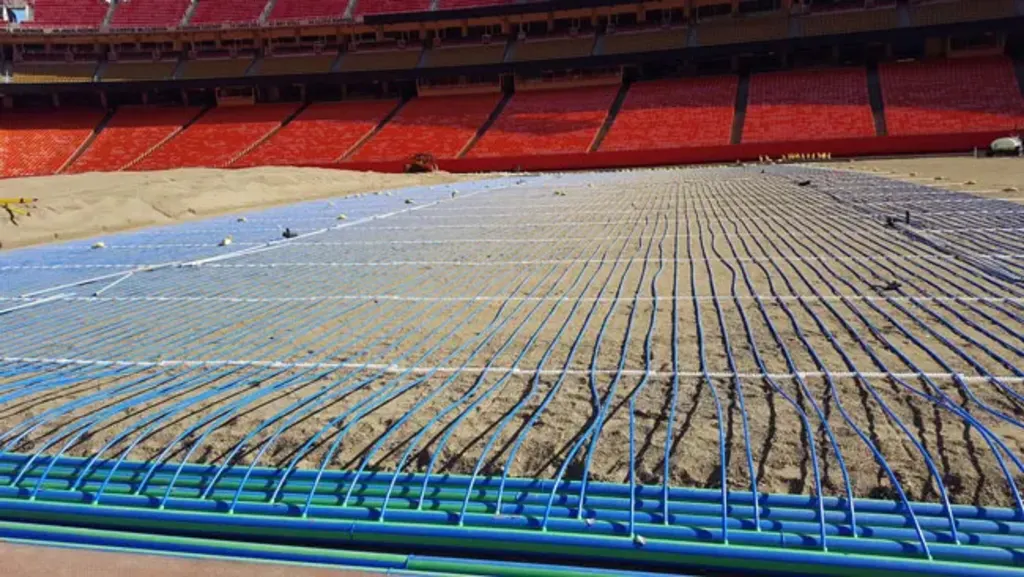
Just like a home thermostat, Arrowhead’s system automatically turns on when temperatures drop below a certain point. While it takes a couple of days to fully warm up, it can maintain the field temperature around 50 degrees even in the coldest weather.
The Chiefs prefer a 50-degree field temperature, but every groundskeeper has a different strategy. The Packers keep their turf at around 38 degrees—enough to keep the roots from freezing while allowing the turf to harden slightly for that Lambeau home-field advantage. The Baltimore Ravens keep their field at 50 degrees, while in Philadelphia, the Eagles have warmed their field to as high as 60 degrees. Other stadiums with field-heating systems include Acrisure Stadium in Pittsburgh and Empower Field at Mile High in Denver.
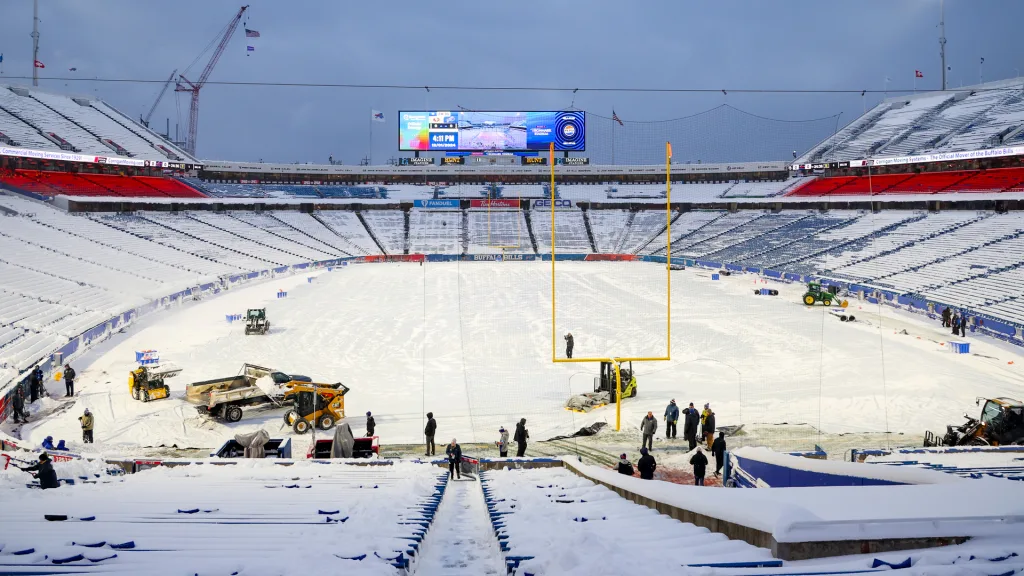
Cold-field advantage
When the Bills open their new venue in 2026, it will be a new standard for cold-weather stadiums. It will feature a partial canopy roof covering over 60% of the seats, designed specifically to handle Buffalo’s heavy snowfall. This innovative 360-degree canopy will be heated, with sensors to monitor weather conditions and an advanced snow melt system to prevent snow accumulation and potential structural issues.
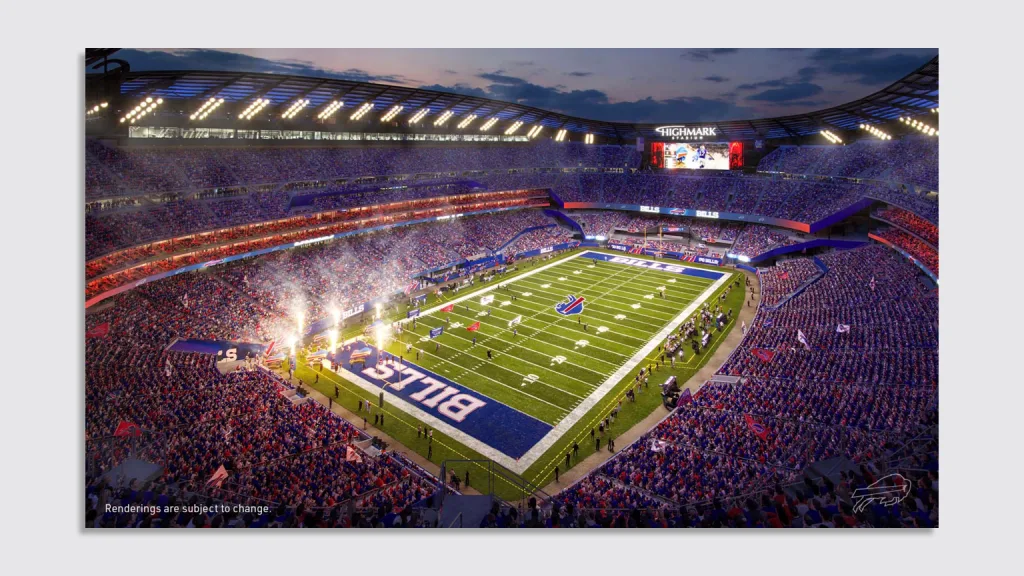
And though the field will be heated and the grounds crew will have the ability to wirelessly control both the temperature and moisture content of the turf, Don’t expect the Bills to make it too comfy for competitors from more fair-weather climes. The stadium will remain famously outdoors, open to the elements, with no dome, continuing to guarantee home-field advantage.
Correction: An earlier version of this story incorrectly stated that the Buffalo Bills play on natural turf. The story has since been updated.
ABOUT THE AUTHOR
(3)

